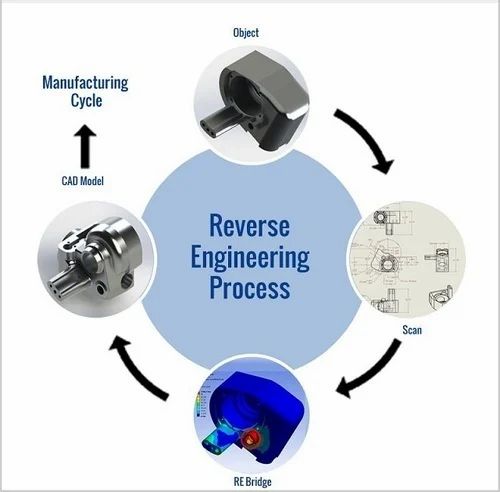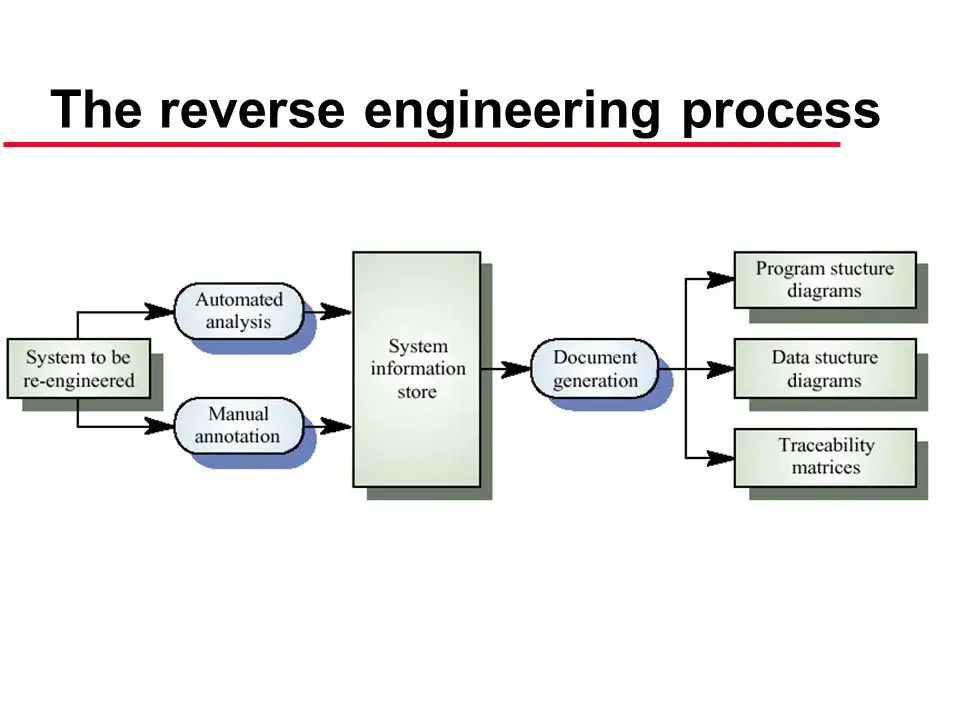Understanding the Legal Aspects of Reverse Engineering:

Executive Summary:

Reverse engineering is a process of analyzing a product or system to identify its design, structure, or function in order to create a similar or alternative product or system. It is a highly contentious topic, particularly concerning patentable inventions, which often leads to legal disputes. This article delves into various legal aspects associated with reverse engineering, covering crucial concepts like copyright, patents, trademarks, trade secrets, and open-source licenses. It clarifies the legality of reverse engineering varying jurisdictions and provides legal tips for companies looking to engage in this practice while complying with legal requirements.

Introduction:
Reverse engineering is a powerful tool for innovation, fostering creativity, improving flawed or outdated technologies, and ensuring compatibility between products. On the other hand, unauthorized reverse engineering can lead to patent infringement, copyright violation, and the disclosure of proprietary information, which can harm the rights of the original inventors and designers. Therefore, it is essential to understand the legal boundaries of reverse engineering.
Fair Use:
Copyright law includes a concept called “fair use,” which allows for certain limited uses of copyrighted material without permission from the copyright holder. Reverse engineering may fall within the ambit of fair use in some cases, particularly when it is conducted for research, analysis, testing, and education purposes. However, the boundaries of fair use can vary depending on the jurisdiction, the scope of reverse engineering, and the amount and significance of copyrighted material used.
Patents:
Patents are rights granted to inventors for their inventions, such as new products, processes, or designs. Reverse engineering may constitute patent infringement if it involves copying or using a patented invention without permission from the patent holder. The strength of patent protection, the scope of patented claims, and the doctrines of equivalent and infringement can impact the legality of reverse engineering. Therefore, it is essential to conduct a thorough patent search before engaging in reverse engineering to minimize the risk of infringement.
Trademarks:
Trademarks are distinctive signs, such as names, symbols, or logos, that signify the source or origin of products or services. Reverse engineering may infringe a trademark if it involves the unauthorized reproduction or imitation of a protected design or logo. The strength of trademark protection, the scope of trademark rights, and the doctrines of dilution and infringement can influence the legality of reverse engineering. It is crucial to avoid any activities that could mislead consumers or dilute the distinctiveness of a trademark.
Trade Secrets:
Trade secrets are confidential information that provides a business with a competitive advantage. Reverse engineering may lead to the unauthorized acquisition or disclosure of a trade secret. It is crucial to protect trade secrets through reasonable measures, such as nondisclosure agreements, confidentiality policies, and restricted access to sensitive information.
Open-Source Licenses:
Open-source licenses grant specific rights and obligations to users of open-source software or hardware. These licenses vary in their terms and conditions, which govern the use, modification, and distribution of the software or hardware. Reverse engineering is often permitted under open-source licenses, but it is essential to adhere to the terms and conditions of the specific license.
Conclusion:
Reverse engineering can be a valuable tool for innovation and knowledge sharing if conducted within legal boundaries. Entities considering reverse engineering must thoroughly comprehend the fair use doctrine, patent, trademark, trade secret, and open-source license laws. It is recommended to seek legal counsel to ensure compliance with applicable laws and to minimize the risk of legal disputes. Balancing intellectual property rights with the drive for innovation is critical in driving technological advancements in a legally responsible manner.
Keyword Phrase Tags:
- Reverse Engineering
- Copyright Law
- Fair Use
- Patent Infringement
- Trade Secret Infringement

Great article! This is exactly what I was looking for. Thanks for sharing.
This article is garbage. It’s full of errors and doesn’t provide any useful information.
This article provides a good overview of the legal aspects of reverse engineering. It’s well-written and easy to understand.
I disagree with the author’s conclusion that reverse engineering is always illegal. In some cases, it can be a legitimate way to learn about and improve a product.
Of course reverse engineering is illegal! You’re stealing someone else’s intellectual property.
I love how the author tries to justify reverse engineering by saying that it can be used to improve products. That’s like saying that stealing is okay because you can use the stolen goods to make something better.
This article is a joke. The author doesn’t even know what reverse engineering is.
I’m not sure I understand the author’s point. Is reverse engineering legal or illegal?
This article is too technical for me. I don’t understand half of what the author is talking about.
I’m glad I found this article. I’m planning on reverse engineering a product, and I wanted to make sure I was doing it legally.
I’m not sure why the author is even talking about the legal aspects of reverse engineering. It’s obvious that it’s illegal.
This article is a waste of time. The author is just trying to stir up controversy.
I’m not sure what to think about this article. On the one hand, I agree with the author that reverse engineering can be a valuable tool for learning and innovation. On the other hand, I understand the concerns about intellectual property theft.
This article is a great resource for anyone who is interested in learning more about the legal aspects of reverse engineering. It’s well-written and easy to understand.